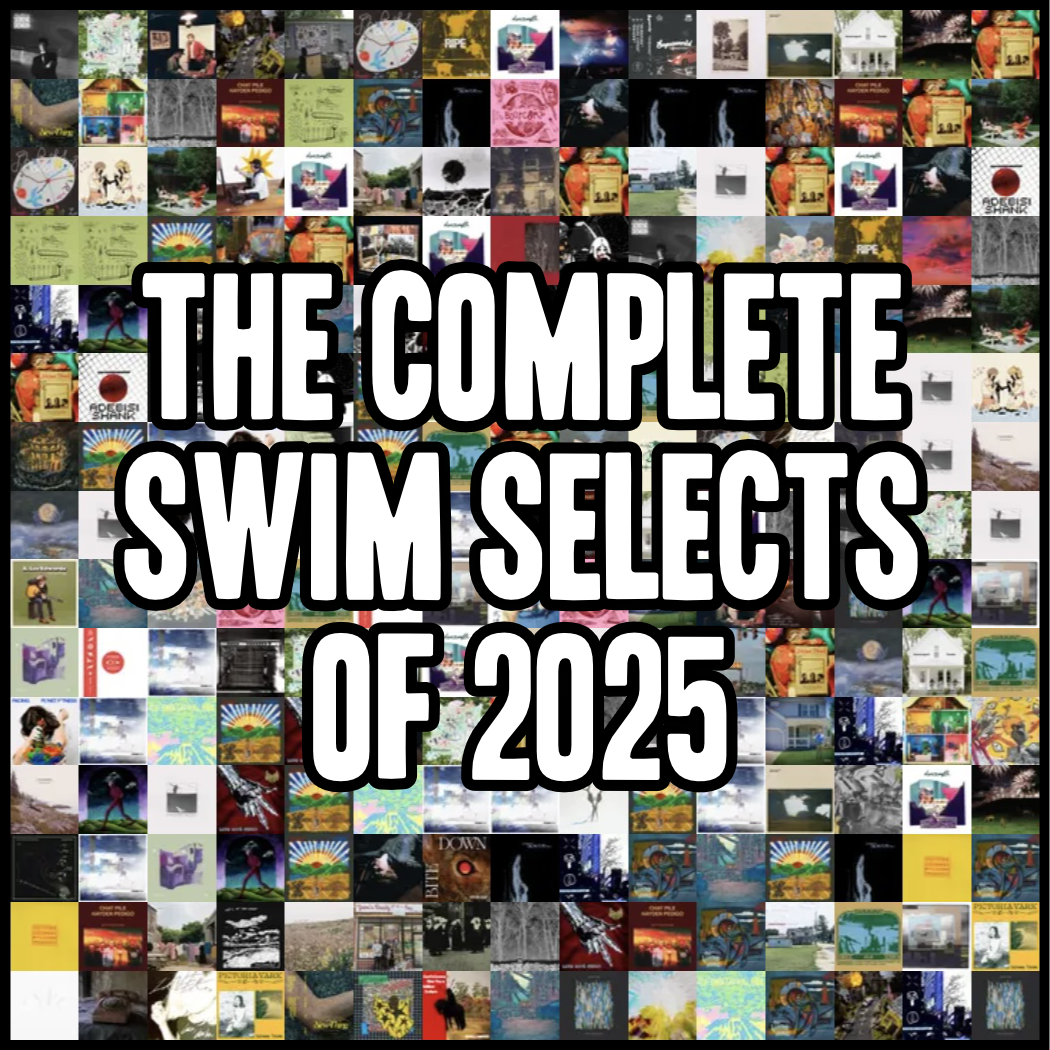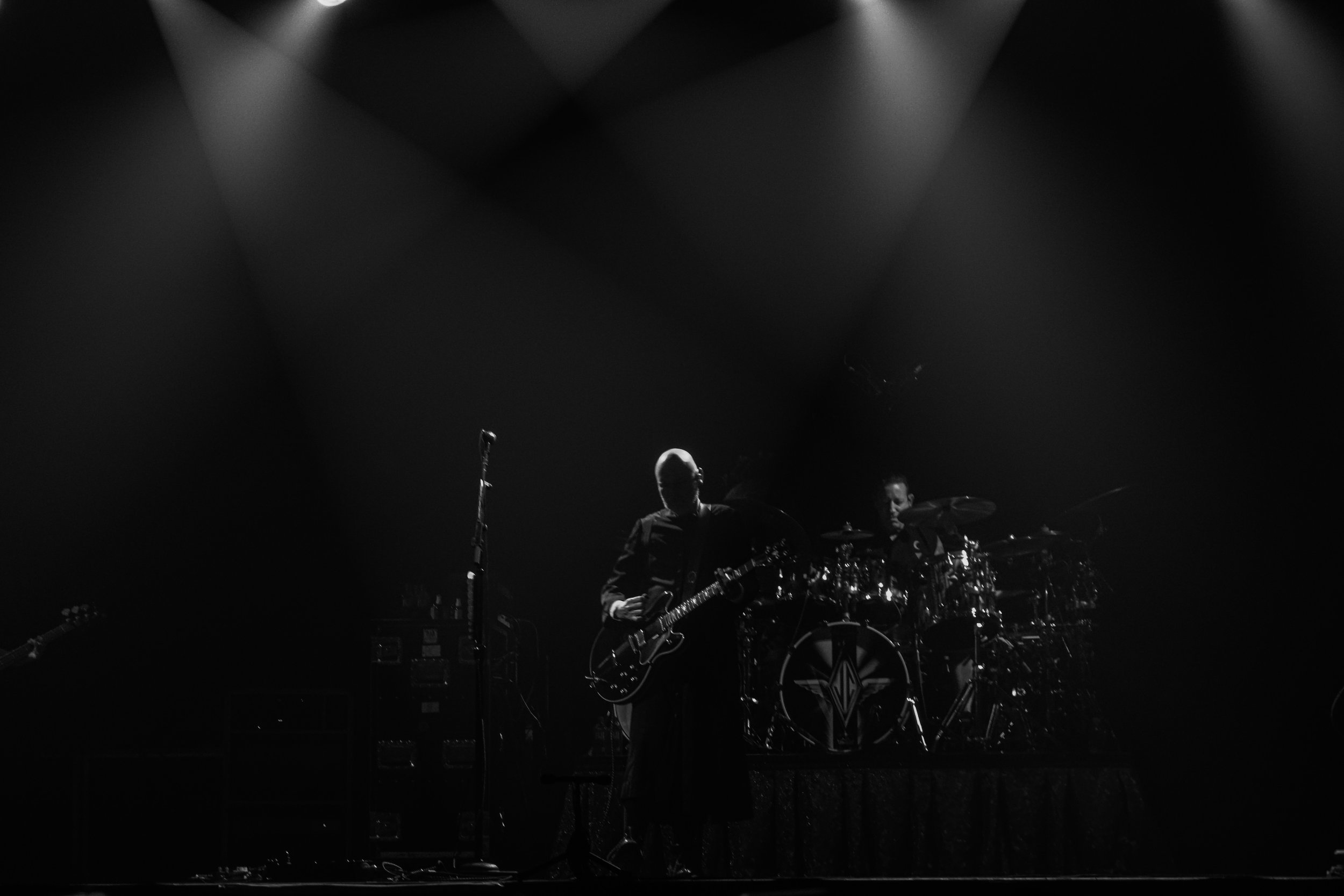A Guide to Concert Photography
/Taking photos of live music is simultaneously one of the most exciting and challenging forms of professional photography. If you’ve ever tried to take a picture of a concert on your phone, then you know that the flashing lights, loud music, and enthusiastic crowds combine to produce an atmosphere that’s less-than-conductive to an even halfway-decent photo.
Now imagine trying to do that professionally, with a time limit, and finite resources at your disposal. With so many restrictive and uncontrollable factors, it’s easy to see why many experienced photographers tend to stay away from concert photography entirely. That said, if you’re a photographer who likes challenging yourself, or you find yourself with the opportunity to shoot one of your favorite bands, then this guide will help you capture the performance confidently.
If you’re a beginner, these tips will help ensure you go into a concert with the right setup and will prepare you for some of the inevitable issues that come with shooting in such a specific environment. If you’re already a professional photographer, this guide will help you make the most of working under these intense, ever-changing conditions and come away from the concert with a group of photos that forever immortalize the energy poured out on stage.
Fast Lens
The first thing that you need when prepping to shoot a concert is a fast lens. As many of you know, fast lenses work better in low light situations as the larger maximum aperture allows for more light to go through it. These types of lenses typically run a bit on the expensive side, but are worth the upgrade in the long run, especially if you are considering doing more concert photography in the future.
If you’re on a tight budget, you can always opt for an inexpensive fixed 50mm lens with an aperture of f/1.8. This lens won’t have zooming capabilities like most others do, but the wide aperture makes up for this. If you are looking for more options, the LensesPro blog offers some useful information to help you choose the best lenses for your camera.
Aperture
Whenever possible, you should shoot photos with your lens wide open. Shooting with the lowest aperture allows your lens to let more light through which is always helpful when working in low-light conditions. There are some exceptions to this rule, but for the most part, shooting with the lowest aperture will always make your photos look better. This is one of the reasons to consider upgrading to a lower aperture. Lenses that have maximum width f/stop of 2.8 are usually good enough, but lower is even better.
Shutter Speed
When it comes to shutter speed, try to use a speed of 1/250 or faster. Otherwise, you risk capturing blurry images that most people won't appreciate. There are exceptions to this rule, such as when band members are standing still or not performing, but for the most part, you will want to go with a faster shutter speed as it allows for cleaner and better-looking images.
ISO
The general rule when it comes to ISO is to bump it up to at least 1600 as your camera will respond faster to the light. Concerts are usually performed in relative darkness, so you will need higher ISO settings to capture better photos.
That said, bumping your ISO too much can result in producing images with more noise. Try to find the optimal ISO settings that will balance light and noise to let you capture optimal images.
You should also remember that having a little bit of noise on your photos is fine, especially in these conditions, so don't stress too much and just try to find the optimal ISO settings that work best for you.
Be Prepared
You should always scope out the working conditions before you go to a concert. Photographers who are prepared and know more about their workspace will perform better and with more confidence that the ones that don't. Get to know the venue, introduce yourself to the staff, and know the vibe of the artists before you get there.
A good tip is to watch a band’s previous concerts on youtube to get a better idea of what their lighting situation will be. It is always better to come prepared as that will allow you more time to photograph, especially when you consider most shows have a "Three song rule."
Additional Tips
Know the time limit. Unless you are lucky enough to get All-Access Pass, you will be restricted to photographing for the first three songs only. This will put more pressure on you, so be prepared to make the most of those first ten to fifteen minutes of the concert.
Know the boundaries. Depending on the size of the concert, you may be forced to photograph from the "photo pit." This is a designated space right up at the front of the stage dedicated solely to security and photographers. At most concerts, you will not be allowed to shoot outside this area.
Don’t use flash. Not only will the artists not appreciate this, but it will also mess up your photos and everyone else’s! Use the tips above to master shooting concert photos in low-light environments the way they were meant to be seen.
Travel light. Since you will likely be restricted to the Photo Pit, try to carry only the camera equipment you need. Carrying bulky camera bags and cases become restricting once you find yourself sharing limited space with other photographers. Try to keep things as simple as you can.
Don’t block the fans. Pay attention to the crowd behind you; after all, they are the ones who came to watch their favorite artists perform. Don't stand in their way and don't shoot over your head as that will obstruct their view.
Thank security. Security guards are there to keep performers, fans, and you safe. If they warn you for any reason whatsoever, listen to them.
Don’t be a jerk. Just because you have exclusive access over the general admission crowd, don’t abuse it. Don't sneak around where you’re not supposed to be and don't physically touch the performers. Nobody will appreciate this, and it could easily get you banned from the venue.
Get to know the music. This is easy if you’re already a fan, but by studying up on the band’s songs and setlist, you’ll know when the big moments are coming and can shoot around them, capturing the most engaging moments in the process.
Develop a style. This may not come right away, but developing your own unique style of photography (concert or otherwise) will help you stand out from the crowd. Try using Lightroom like Kaytlin Dargen or mirrors like Em Dubin.
Tag bands. When posting your photos on your website or social media, make sure to tag the band, venue, and any other relevant parties. Musicians will appreciate the free publicity, and may even share your photos to their audience.
Conclusion
Being a concert photographer can be demanding, but it can also be rewarding and fun at the same time. You need to make sure you have the right camera equipment and knowledge to make the most out of the gig.
Just like anything else, being a concert photographer is a process, but if you follow these tips, keep attending concerts, and keep shooting bands, then you’ll soon be on your way to becoming a great concert photographer.
John Bennet is a photographer and part-time author of Lensespro.org blog. He has been a professional photographer for six years now, fueled by knowledge and passion for camera lenses.





